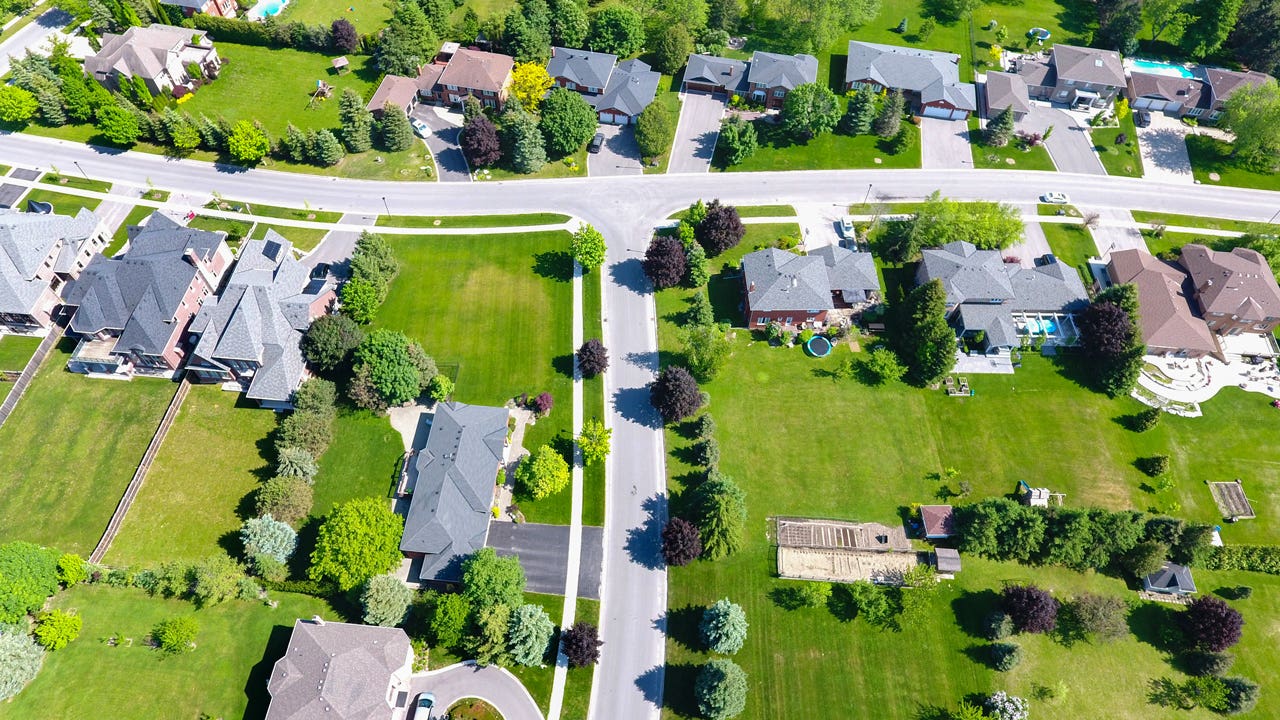What is a boundary agreement?

The Bankrate promise
At Bankrate we strive to help you make smarter financial decisions. While we adhere to strict , this post may contain references to products from our partners. Here's an explanation for .
A boundary agreement is an understanding between parties indicating where the boundary between two or more properties exists. The line agreed upon may or may not be the true or original boundary, and it does not have legal value until both parties sign a lot line agreement.
What is a boundary agreement?
A boundary agreement —– also known as an agreed boundary or boundary line agreement — represents an agreement or boundary agreement is an understanding between two property owners of the line where their properties meet up. This agreement can be formal or informal, but only formal agreements are likely to be upheld in a legal dispute.
Anything on the land or property in question is also subject to the agreed boundary. The agreed boundary is also typically enforceable against new owners of the property, despite what a surveyor finds to be the actual boundaries of the properties.
What’s the purpose of a boundary line agreement?
The purpose of a boundary line agreement is to clear up any misunderstandings between you and your neighbor over where your property ends and theirs begins. For practical reasons, this can help prevent encroachment (an unauthorized, physical intrusion onto a neighboring property) when constructing a fence or landscaping near the edge of your property. It also helps prevent complications with the title or homeowners insurance upon the sale of the house.
When there is a dispute about the actual location of a property line, the owners can decide to settle in arbitration instead of going to court. In arbitration, they may agree to a boundary, which gives both owners control of the outcome, even if the agreed boundary may not exactly align with the original surveyed property line.
Property lines that fall significantly over the previously surveyed line could favor one property owner over another. For this dispute, the new line may be approved and become an agreed boundary if both parties are happy with the resolution. In this type of case, everyone involved is still subject to any city, state or federal laws that apply to the land in question, and they might also need to sign a lot line agreement for the boundary to hold up in court should another dispute arise.
Are boundary line agreements the same as an easement?
A boundary line agreement can be the same as an easement depending on how the agreement is set up. An easement grants someone else the right to access or use your property. Commonly used for public works — the construction of roads or installation of telephone or electrical wires — it can also refer to letting someone cut across your land to reach the beach, for example.
If, for example, your neighbor has encroached on two feet of your property to build a fence and you come to a boundary agreement allowing the fence to stay there, you have effectively given your neighbor an easement for those two feet of your property. However, states handle easement and boundary agreements differently, with additional implications that may affect ownership rights over time.
Reaching a boundary agreement
Reaching a boundary agreement with your neighbor can be extremely helpful if it is difficult to determine original surveyed property lines. You do not want to spend money or time building a fence or driveway only to have it torn out by your neighbor or whoever buys their property in the future because a portion of it was on their land.
Coming to a boundary agreement can be as simple as an informal verbal agreement between you and your neighbor. However, If you want your boundary agreement to have legal permanence, you may need to do more than that. State requirements vary, but it may be necessary to include documents that detail the agreement and transfer title to any land being exchanged, as well as a survey map depicting the new lines. Consult with a real estate attorney to make sure you’ve met the requirements in your state.
Boundary agreement vs boundary adjustment
A boundary agreement is a private consensus reached between you and your neighbor. A boundary adjustment is the formal change of the boundary line in city or county planning records. To get one, you have to involve your municipality’s planning commission or department, and you may have to pay review fees to the city or county. A Record of Survey prepared by a licensed surveyor may be mandated.
While it may or may not align with the original surveyed property lines, these boundary agreements and adjustments can help create legal clarity prior to property enhancements, and may help both parties avoid legal or insurance complications down the road.
Related Articles



